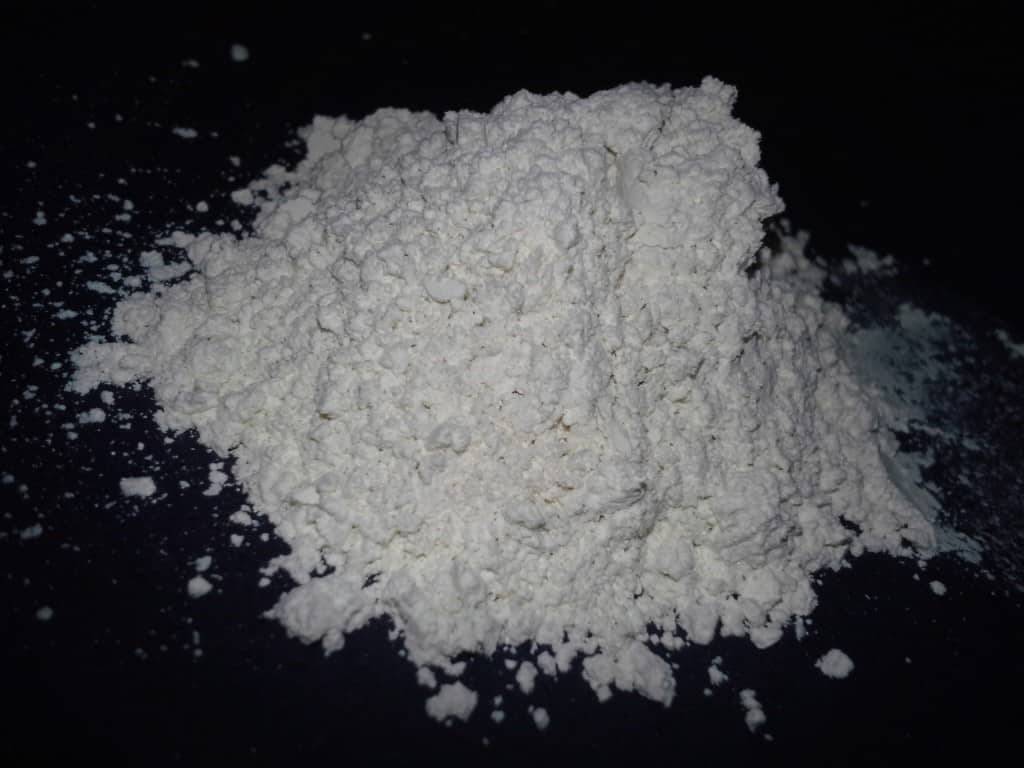If you’re looking for home remedies for mites on goats, there are many methods you can use. Diatomaceous earth, neem oil, and subcutaneous injections of ivermectin are just a few of these options. For best results, however, you should apply the treatments to the entire herd. The second treatment is meant to kill any eggs that may have already hatched since the first treatment. Leaving the mites untreated can lead to serious health problems for your goats.

Diatomaceous earth
The powdery substance diatomaceous earth is used for a variety of pest problems, including fleas, ticks, and intestinal parasites. Its microscopic edges make it a good choice as a dewormer for livestock, but it can also harm human skin. When fed to goats, it kills fleas and flies by causing deep cuts to their exoskeletons. Goat owners should consult a vet before using diatomaceous earth on their animals.
The diatomaceous earth that is commonly used in goats and other livestock is actually composed of single-cell algae. While there is no scientific evidence supporting the effectiveness of diatomaceous earth as an anthelmintic, many people swear by it. Nevertheless, one study at North Carolina A&T State University investigated the effects of diatomaceous earth on goats. The researchers found that goats that had internal parasites were less likely to die after diatomaceous earth treatment.

Another effective home remedy for mites on goats involves applying diatomaceous earth to the impacted area. While this method does not kill larvae, it is effective against adult mites and eggs. However, diatomaceous earth should never be applied to the goat’s head. Moreover, it is dangerous for kids and nursing goats to inhale it. However, the diatomaceous earth is safe for goats to be applied to brushes, stalls, living areas, and their cages.
Diatomaceous earth is also used in gardens to protect them from pests. It can kill fleas and ticks. Its odorless properties make it an excellent pesticide. However, it is important to buy food-grade diatomaceous earth because it can irritate your skin and nasal passages. It is also important to read the label carefully and follow all instructions.
Another way to kill fleas on your goats is to apply diatomaceous earth to the areas where your goats live. Apply the diatomaceous earth dust or spray during the night when the air is calm. The Diatomaceous earth works best as a fly repellent. Clean the areas thoroughly to ensure maximum effects. A few sprinkles of diatomaceous earth per acre of the affected area will do the trick.
Subcutaneous injections of ivermectin
Ivermectin is a prescription drug used to treat ectoparasites on goats. The treatment is effective in controlling the mites in goats, whose infestation can cause skin irritation, thickened hair, and toxicosis. Ivermectin is the most widely used drug for livestock ectoparasitic disease, and it works by disrupting parasitic neuro-muscular transmission. The medication kills parasites by paralyzing the somatic muscles and the pharynx, preventing them from reproducing. In a study, twelve goats with skin lesions were treated with ivermectin. After two treatments, they no longer had mange or had eggs.
However, the drug’s bioavailability varies greatly among goats. A grazing goat will have lower levels than one that is fed concentrate. Additionally, ivermectin binds strongly to food particles in the rumen. In addition, food type can affect the time the drug spends in the rumen. Hence, feeding goats on concentrate or hay will increase the absorption of ivermectin and prolong the time it spends in the body.
Subcutaneous injections of ivermectin for mites on goats is another treatment option for treating these parasites in goats. This product is based on avermectin, a macrocyclic lactone that is effective against many species of roundworms. The drug is also effective against numerous myiases.
Ivermectin for goat mites is a dewormer that is given subcutaneously. The dosage is one to two cc per fifty pounds of body weight per week. For goats, one to two mL of ivermectin is sufficient for one hundred and fifty pounds of body weight. Lime Sulphur Dip must be given at the same time, as well.
Ivermectin is safe for both humans and animals. Subcutaneous injections are the preferred route of treatment for goat mites. Goats may be sensitive to ivermectin in humans. However, goats are highly susceptible to cattle ticks. If you’re worried about using these products on your goats, you should read the label carefully and use them with caution.
Dusting with neem oil

There are several types of goat mites. Fecal mites are called goat follicle mites and may be transmitted from animal to animal. They are transmitted through licking and close contact during mating and mingling. Certain breeds of goats are more susceptible than others to the disease. However, dusting with neem oil is the most effective treatment for goat mites.
Neem oil has been studied for its antibacterial activity. Previous studies show it is effective against enteropathogenic Escherichia coli and food spoilage bacteria. In the present study, we have evaluated the antibacterial activity of neem oil against bacteria isolated from wounds caused by ectoparasites in goats. It also inhibits the growth of several bacteria including mesophilic and thermophilic species.
The effectiveness of dusting with neem oil on goats is proven in several trials. Neem oil effectively kills a number of parasitic ectoparasites and controls two biological cycles with just one dose. There are no side effects associated with neem oil application on goats, and the treatment is relatively safe. But remember, neem oil is a natural product, and the quality and potency may vary.
Although sarcoptic mange is the most common parasitic disease in goats, it can affect any animal on the homestead. Mites can be difficult to detect in goats, and often have no visible signs. In the case of a heavy infestation, a goat may have crusty lesions and extensive hair loss, thickened skin on the head and tail, and wrinkling on the scrotum.
One of the most common mites on chickens is the Scaly Leg Mite. This parasitic mite lives between chickens’ scales and leaves waste inside them. Neem oil repels mites in chickens and can also be used on nest boxes and perches. In the case of chickens, this pest can kill them. If left untreated, the parasites will spread quickly and infect other parts of the chicken as well.
Hair removal with ivermectin
If you’re looking for an effective way to get rid of goat mites, hair removal with ivermectin may be an excellent solution. Goat mites usually infest goats during the cold winter months. They come in two different types – those that burrow into the skin and those that are surface-only. Sarcoptic mange is the most common type of goat mite, and it typically affects the whole body. Chorioptic and psoroptic mange, on the other hand, don’t burrow into the skin, but can still cause extensive damage to the goat’s body.
Humans’ reaction to mites is only superficial, so a topical anti-itch medication can be a good option for goats. However, in order to be truly effective, a goat’s hair must grow back to cover the mites’ eggs. That means that long-haired goats will need to be sheared for the treatment to be effective.
The best way to get rid of goat mites is to apply a deworming treatment such as ivermectin. A single dose of ivermectin will kill a large number of mites in a 24-hour period, but additional treatments may be necessary to eliminate an infestation. To apply ivermectin to a goat, the University of Kentucky recommends six milliliters of ivermectin per 25 pounds of body weight. That means that a goat weighing 100 pounds will need 24 milliliters of ivermectin. Applying mineral oil inside the ears will also smother mites.
Nonpruritic papules and nodules are a sign of demodectic mange in goats. They are non itching lumps containing a grayish exudate and contain thousands of mites. The affected area must be cleaned by a veterinarian, who may also apply Lugol’s iodine. A mixture of rotenone and alcohol is another effective treatment for goat mites.
Unlike conventional methods, the long-acting ivermectin has been shown to be effective in eliminating Sarcoptes scabiei in goats. This drug is a long-acting, non-toxic solution that is widely available on the market. It also offers cost-effective solutions to many other treatment options. These include topical applications and in-vitro treatment.

